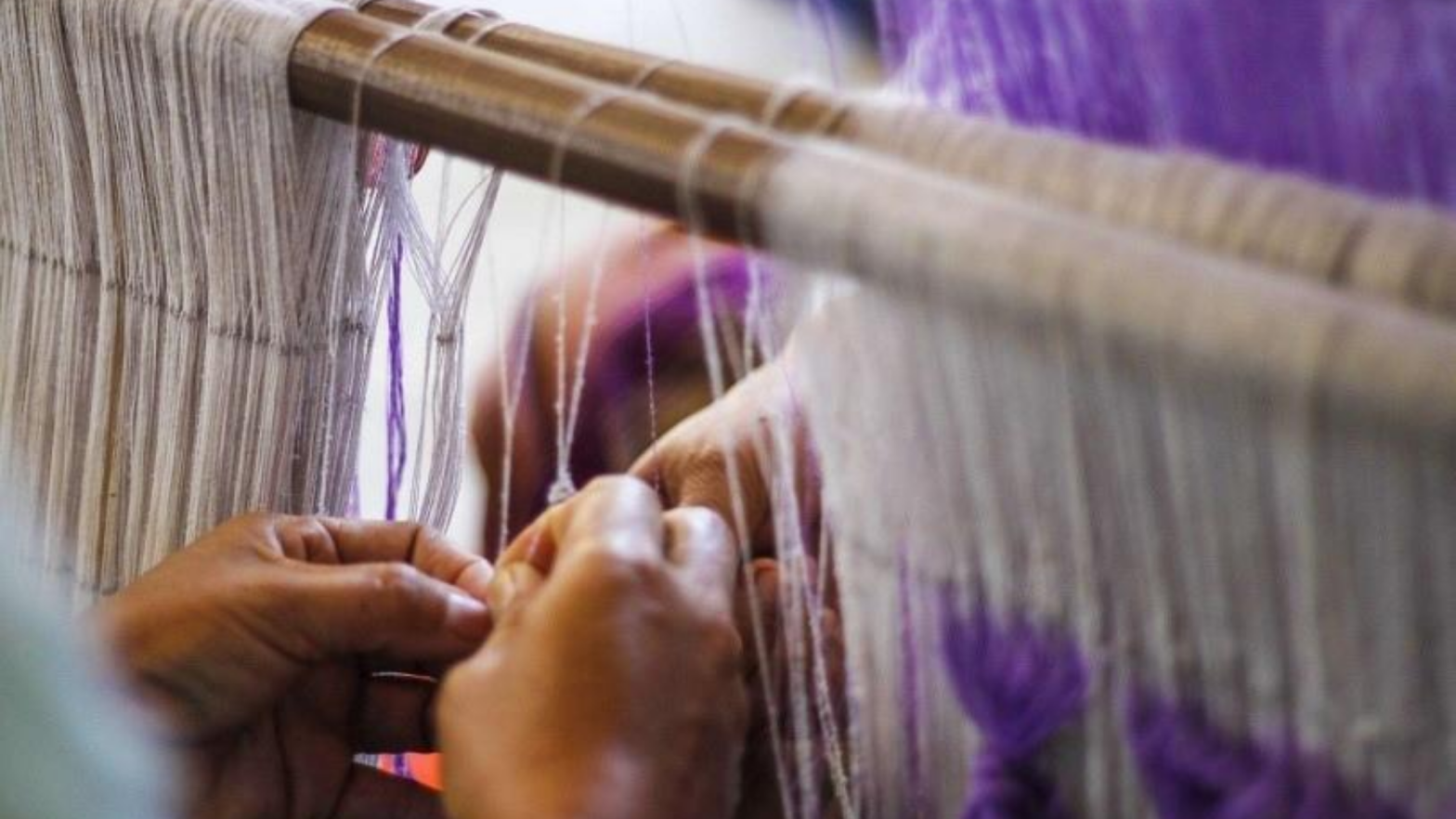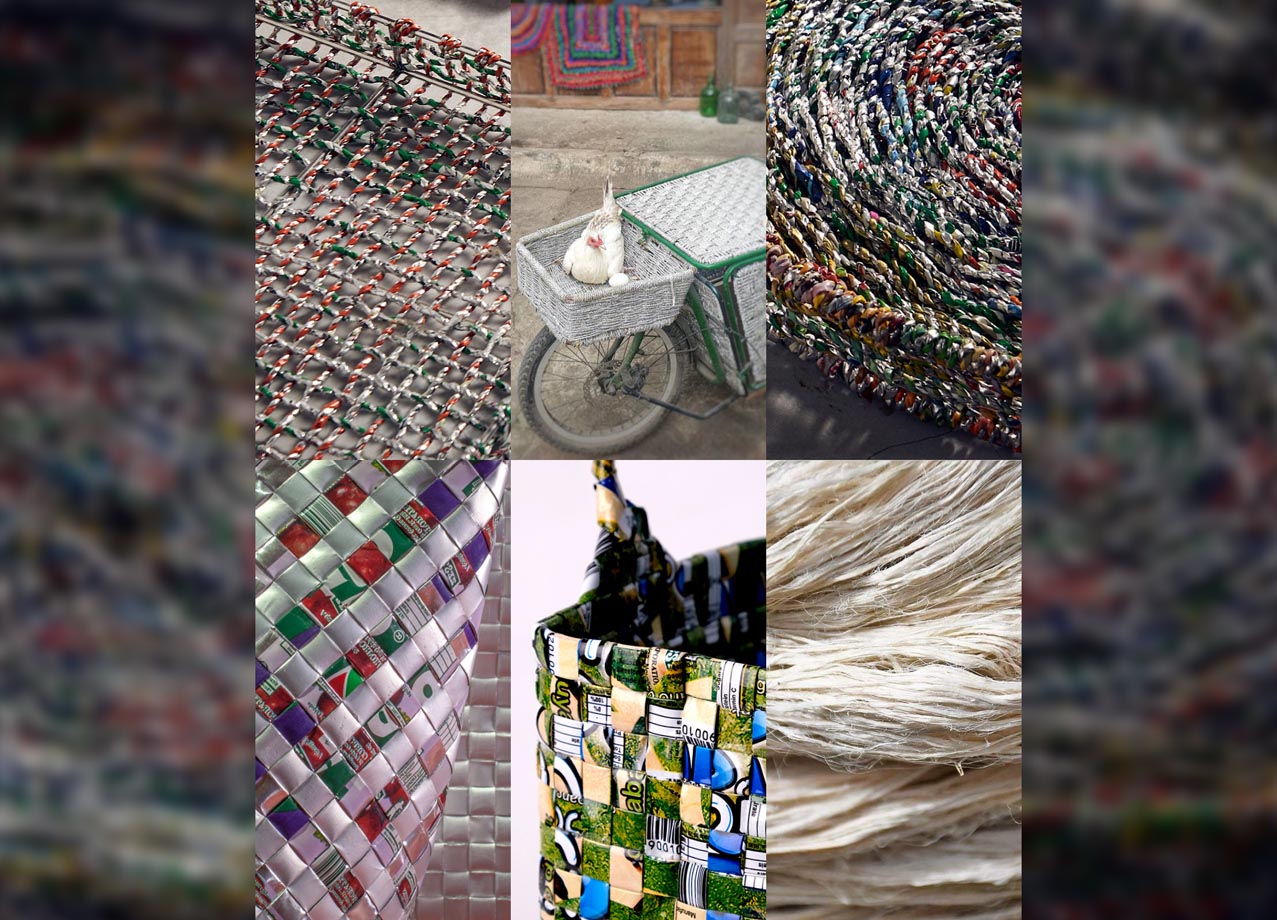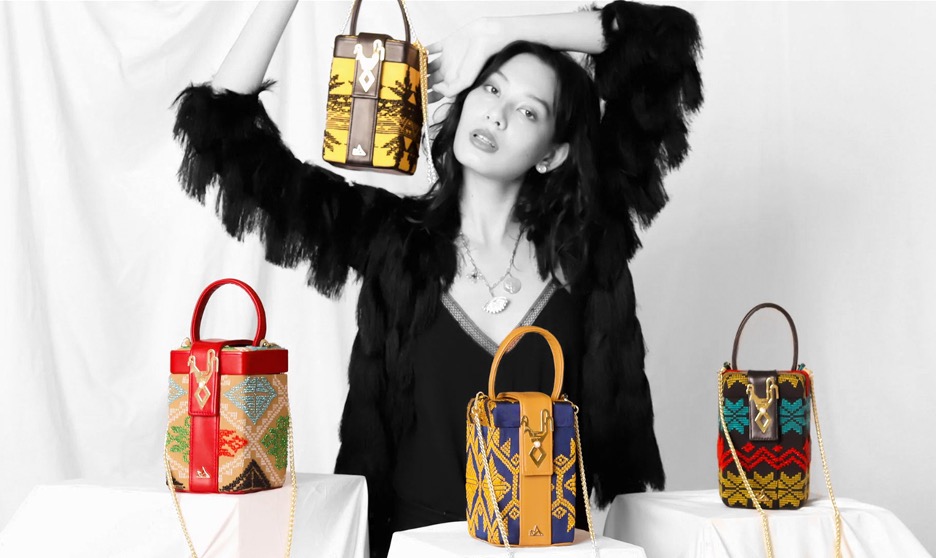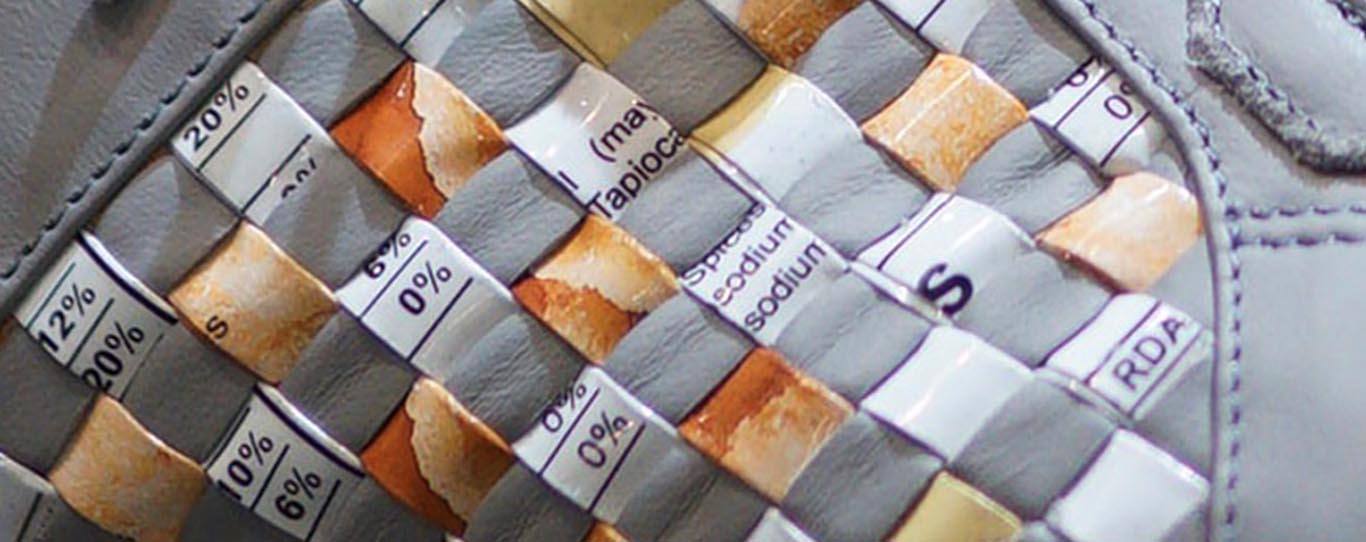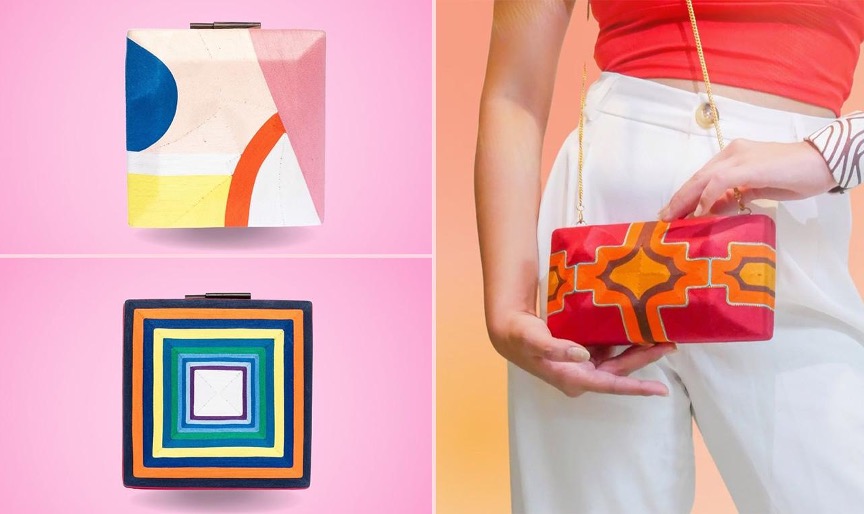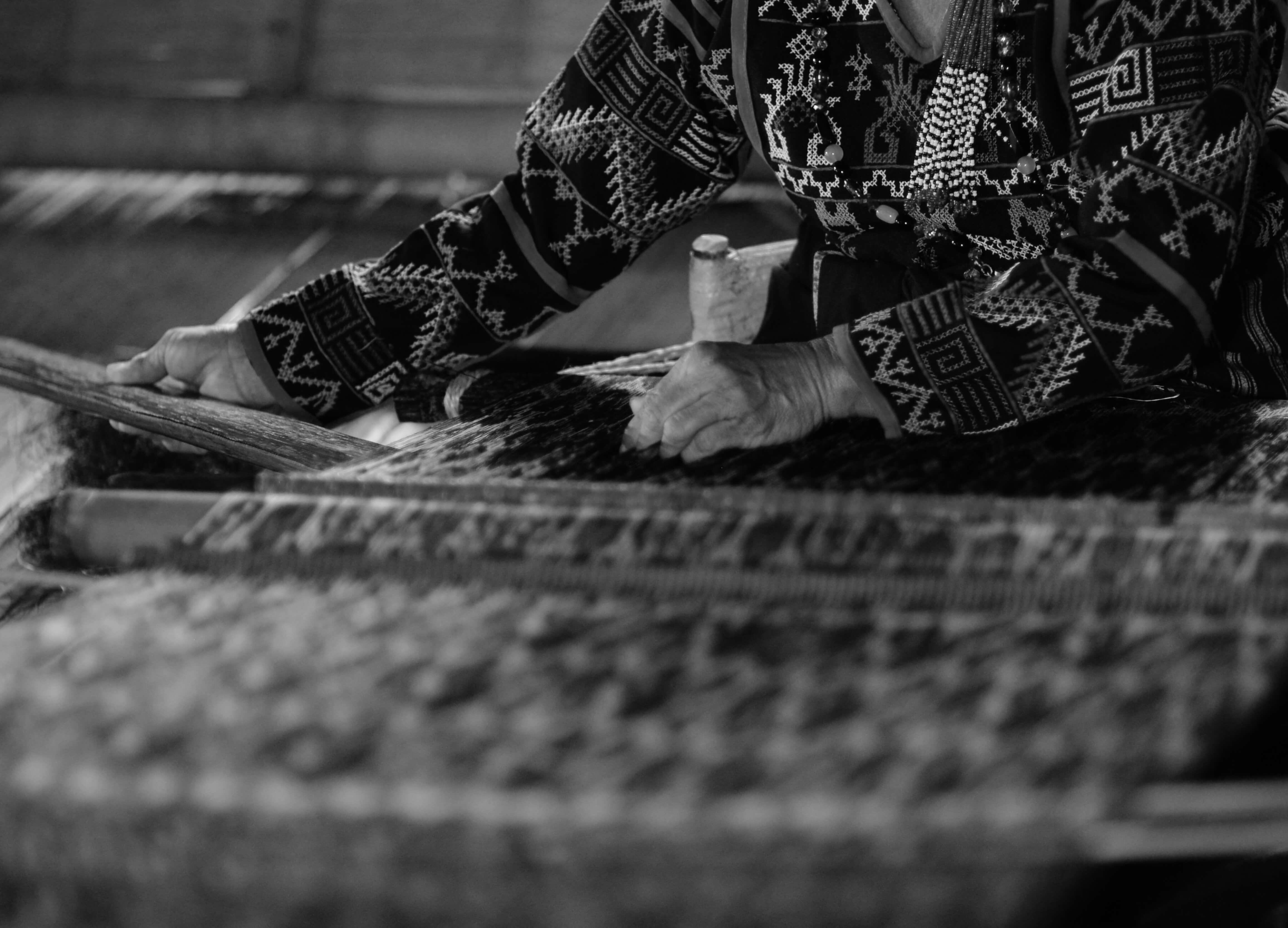
How the T'boli Women Weave their Dreams
“Dreamweaver,” a title given to select T'boli women, evokes a sense of romanticism, wonder, and mystery that surrounds the sacred textile that they are known for, the t'nalak
by Ida Anita del Mundo
The T'boli indigenous people of the vast Lake Sebu in South Cotabato, Mindanao, believe that the patterns of the t'nalak are bestowed upon chosen women by Fu Dalu, the goddess of abaca. These women, often led by their ancestors, dream of the sacred patterns that they then transform into the textile.
While the t'nalak starts with the dreams of one woman, it takes a whole community of artisans to produce.
First, Tboli men use a mounted blade to strip the abaca into fine fibers. They are then hung to dry. Once ready, the t'nalak strings are strung on a loom and they are prepared for the ikat (dye-resist) technique, based on the pattern taught by the dreamweaver.
The pattern for the white or natural color is tied. The abaca is then submerged in a vat of boiling water with natural dyes, coloring the strings red. The pattern meant to be left red is then tied tightly. Again, the abaca undergoes dyeing, this time turning the remaining untied portions black. The traditional colors of the t'nalak hold symbolic meaning for the T'bolis. The white or natural color of the abaca stands for purity. Red is for the blood of their ancestors, while black symbolizes the soil from which they came.
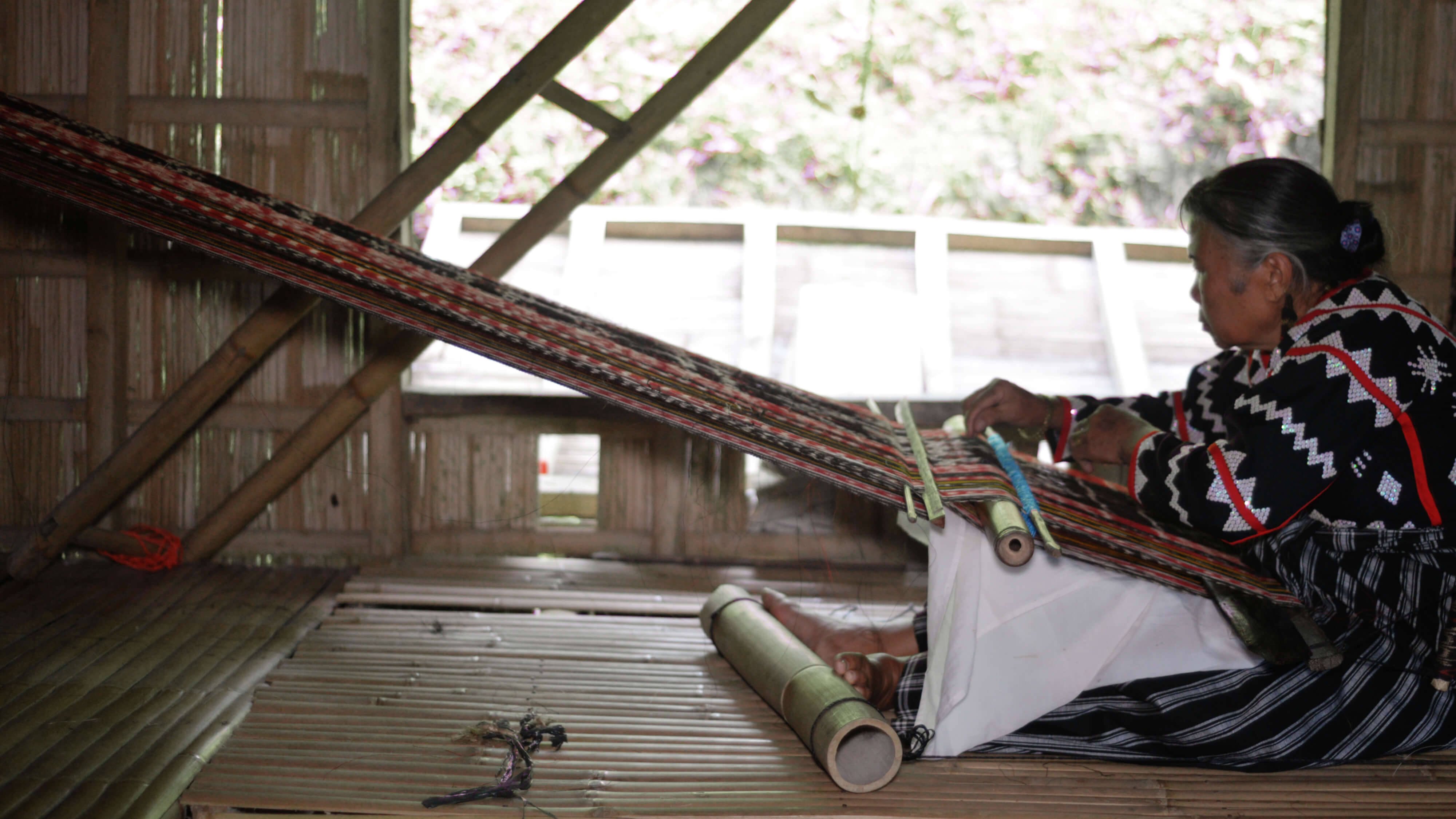
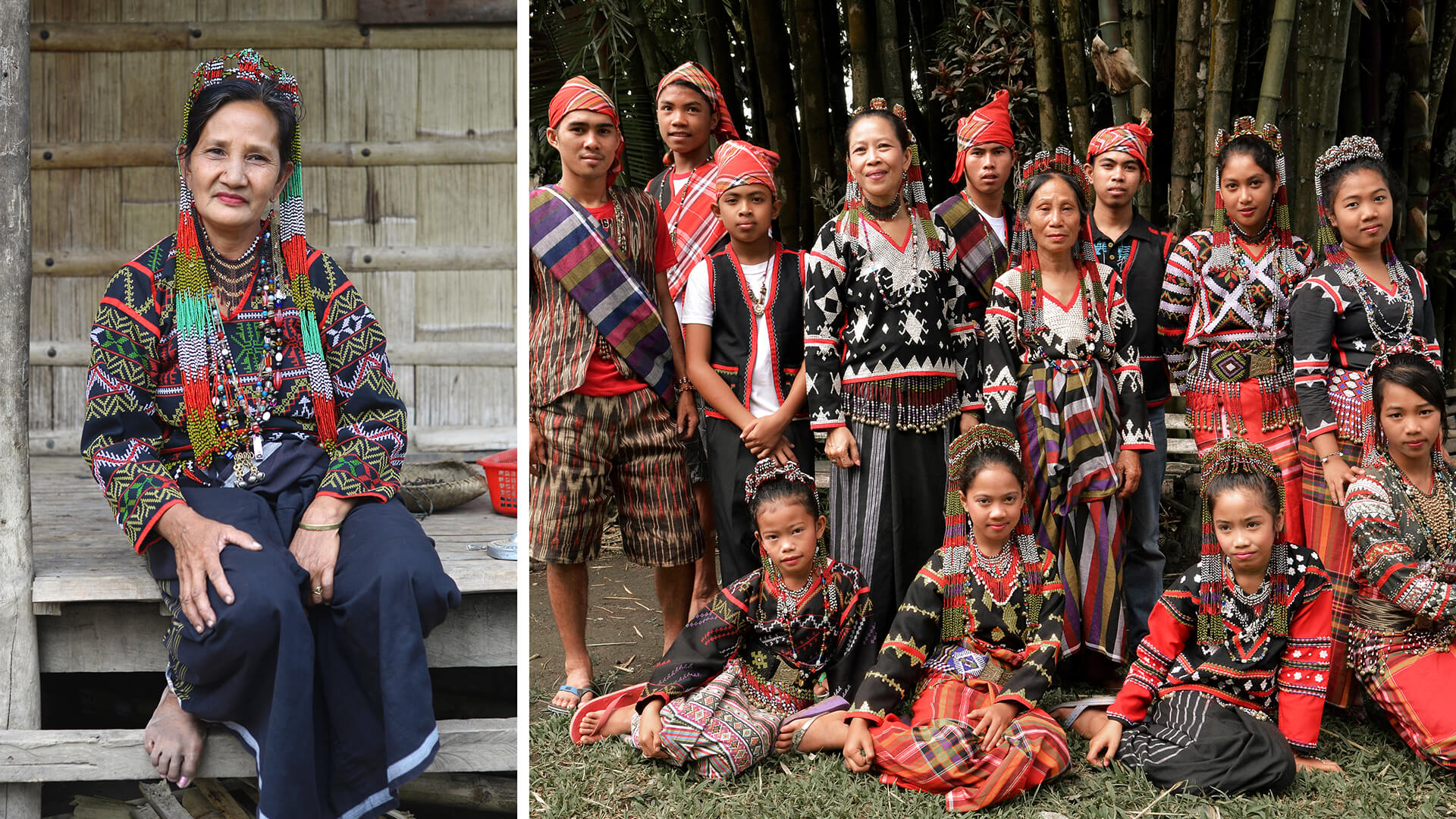
A community of women artisans in South Cotabato have made a living out of their t'nalak weaving, but the process is a time-honored tradition that has been passed on from generation to generation
When the dyed abaca is completely dried, the ties are removed, revealing the tri-colored pattern. It is an intricate and complex process, one that requires the weaver to envision the pattern on a blank canvas of strings.
The dyed strings are then strung onto a backstrap loom to finally be woven into textile. The loom, as its name suggests, is anchored on the weaving hut's ceiling and held taut around the back of the weaver—the woman becoming part of the loom herself.
Traditionally, only women are allowed to weave the t'nalak. The weaving is usually done in the early morning or at night to prevent the abaca from becoming brittle in the harsh sunlight during the day. There are several superstitions surrounding the weaving of t'nalak, such as never stepping over the loom. The weaving process is always done in reverence to Fu Dalu, the goddess of abaca.
Finally, the woven textile is rubbed with a large cowrie shell to make it shine.
Because of its lengthy process, a piece of t'nalak can take some three months to complete from start to finish. Some special pieces of t'nalak, such as a three-paneled textile used for weddings, are valued at P17,000 or more.
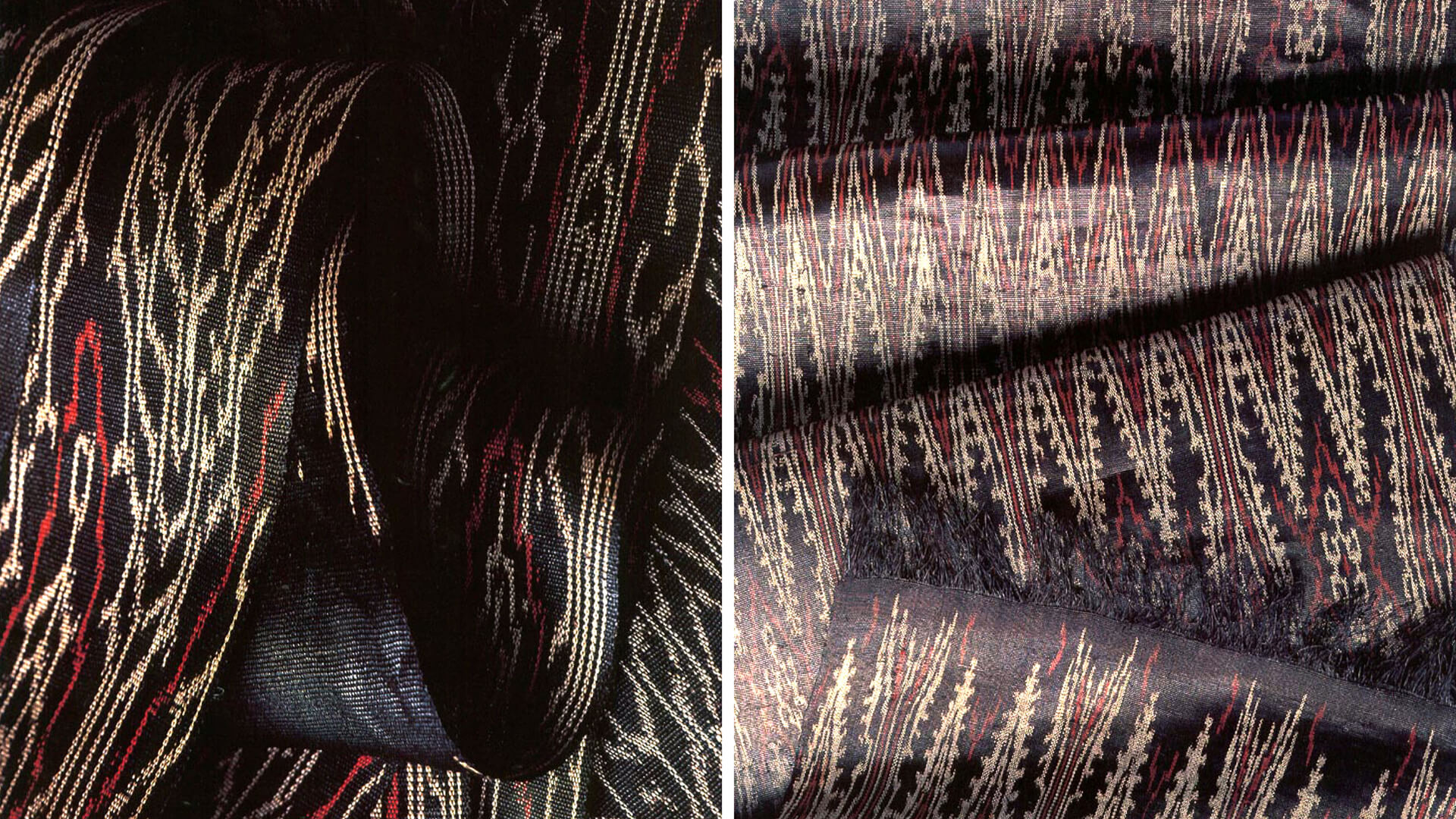
The traditional colors of the t'nalak hold symbolic meaning: white for purity, red for the blood of their ancestors, and black for the soil from which they came
LEGENDARY WOMEN
One of the most well-known dreamweavers is Lang Dulay. A Gawad Manlilikha ng Bayan (National Living Treasure) awardee, Lang Dulay started dreaming of patterns when she was just 12 years old. Since then, she dedicated her life to passing on the craft of weaving to a younger generation of weavers.
In an interview in 2013, Lang Dulay said it was her dream for the women of Lake Sebu to never tire of weaving t'nalak, a source of pride of her people. Having met hundreds of local and foreign tourists who visit her weaving hut, Lang Dulay said that though she is not able to travel, the t'nalak is what will bring the dreams of the T'boli women around the world.
Lang Dulay passed away in 2015, leaving her family with the Lang Dulay Weaving Center, from which they keep her legacy alive. They continue to receive visitors at the weaving center and weave the patterns that Lang Dulay originated.
Another dreamweaver who is still active today is Barbara Ofong. Dreamweavers being esteemed members of the community, Ofong founded the T'boli School of Living Tradition together with her niece Maria Todi. Here, T'boli children are taught about their culture. They learn not only weaving but also traditional music and dances, as well as the T'boli language. Maria Todi is a known authority on T'boli culture and has represented the T'boli community in indigenous cultural gatherings around the world.
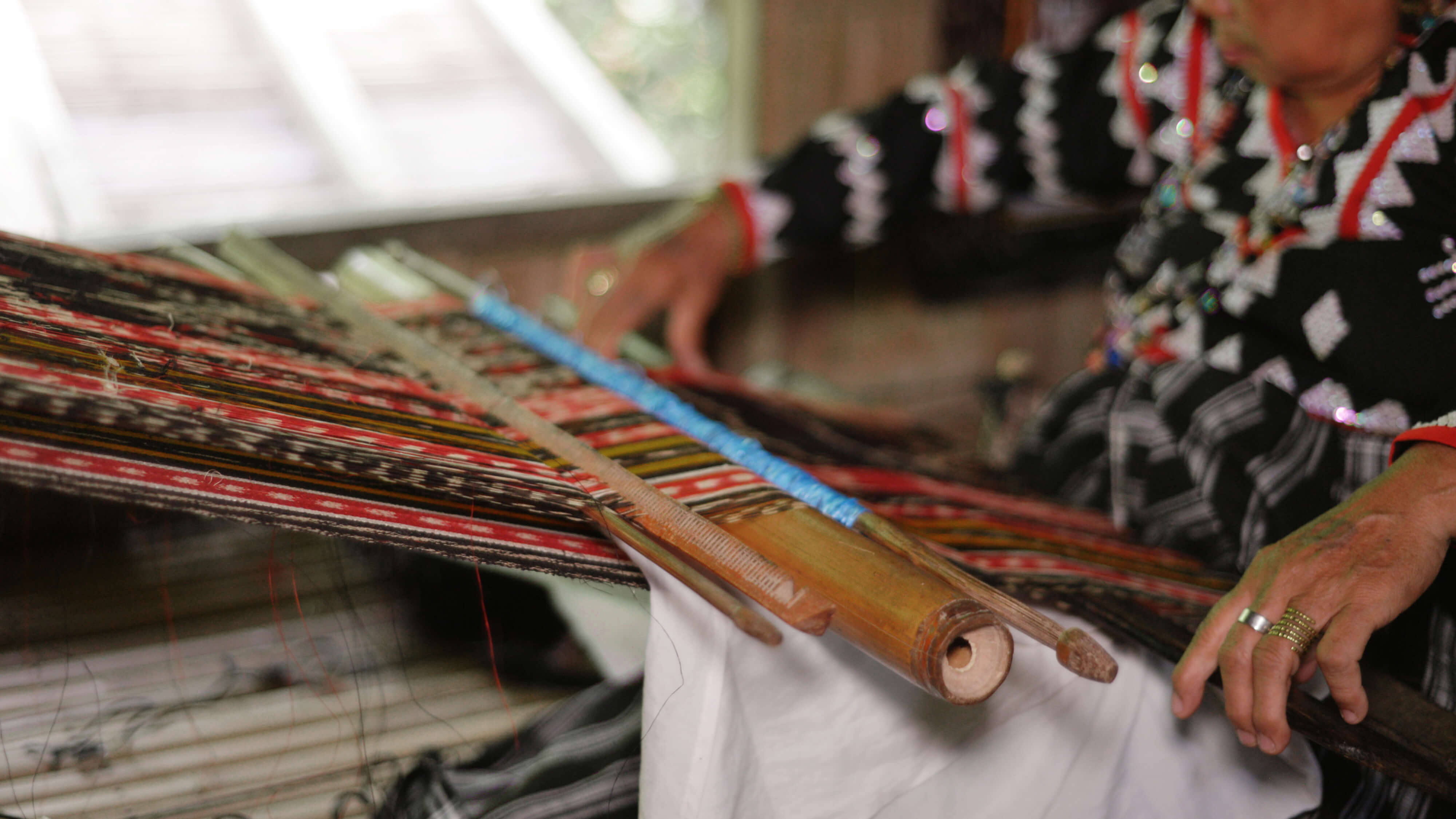
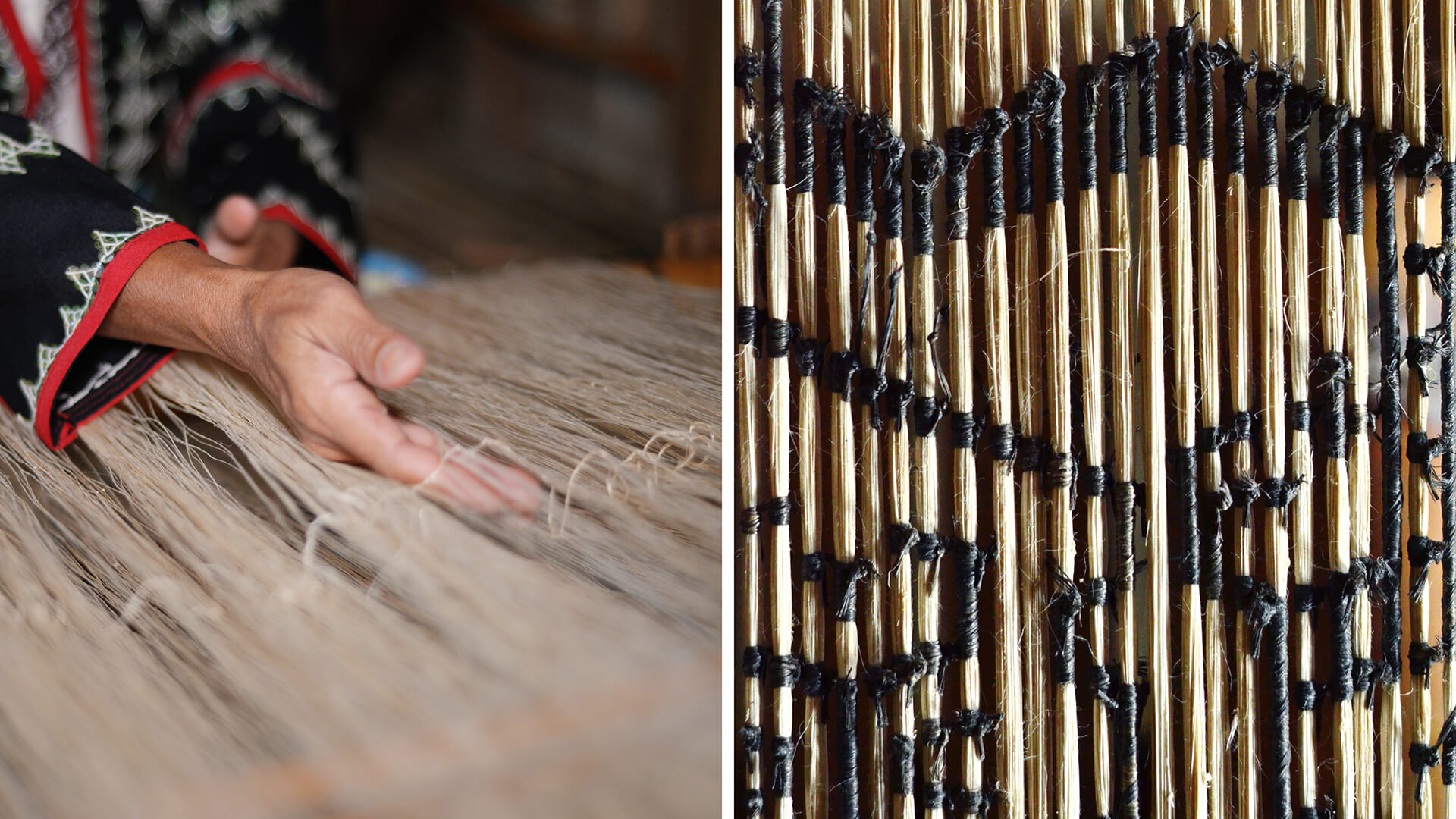
Strings are strung onto a backstrap that is anchored on the weaving hut's ceiling and held around the back of the weaver—the woman becoming part of the loom herself
The sacred t'nalak figures into the lives of the T'boli people from birth—a piece of the weaving is placed on the mother's stomach as she goes into labor—to marriage ceremonies, where a large, multi-paneled t'nalak is placed over the waiting bride, covering her completely. T'nalak is also used to make the T’boli men's traditional outfits, a vest or long-sleeved top and matching pants, worn on special occasions.
Today, the iconic textile is celebrated during the annual T'nalak Festival held in July. South Cotabato has been branded by their tourism department as the Land of the Dreamweavers. The T'bolis have also made a living out of their t'nalak weaving, updating their products to souvenir items such as pouches, wallets, and bags. These are sold alongside other T’boli artisan products including brass items like bells and bangles; multi-stranded bold statement necklaces and other beaded jewelry and belts; finely woven malongs (wraparound cloth); and intricately embroidered blouses in traditional patterns, some even incorporating mother of pearl beads. The T'bolis have been open to sharing their culture with visitors through homestays and other tourist attractions (South Cotabato is also home to the highest zipline in Southeast Asia, overlooking Lake Sebu's Seven Falls).
MODERN TRADITION
Thanks to designers like Len Cabili of Filip+Ina who champion indigenous textiles and artisanship, the T'boli culture has found its way into the modern consciousness. Many designers, some even based in South Cotabato, have followed suit, coming out with collections updating the t'nalak with fresh designs and contemporary silhouettes. A source of pride for T’bolis is when the eventual Ms. Universe Catriona Gray chose to feature Lake Sebu in one of her pageant videos, where she sailed on the tranquil water, surrounded by pink lotus blossoms, in full T'boli attire.
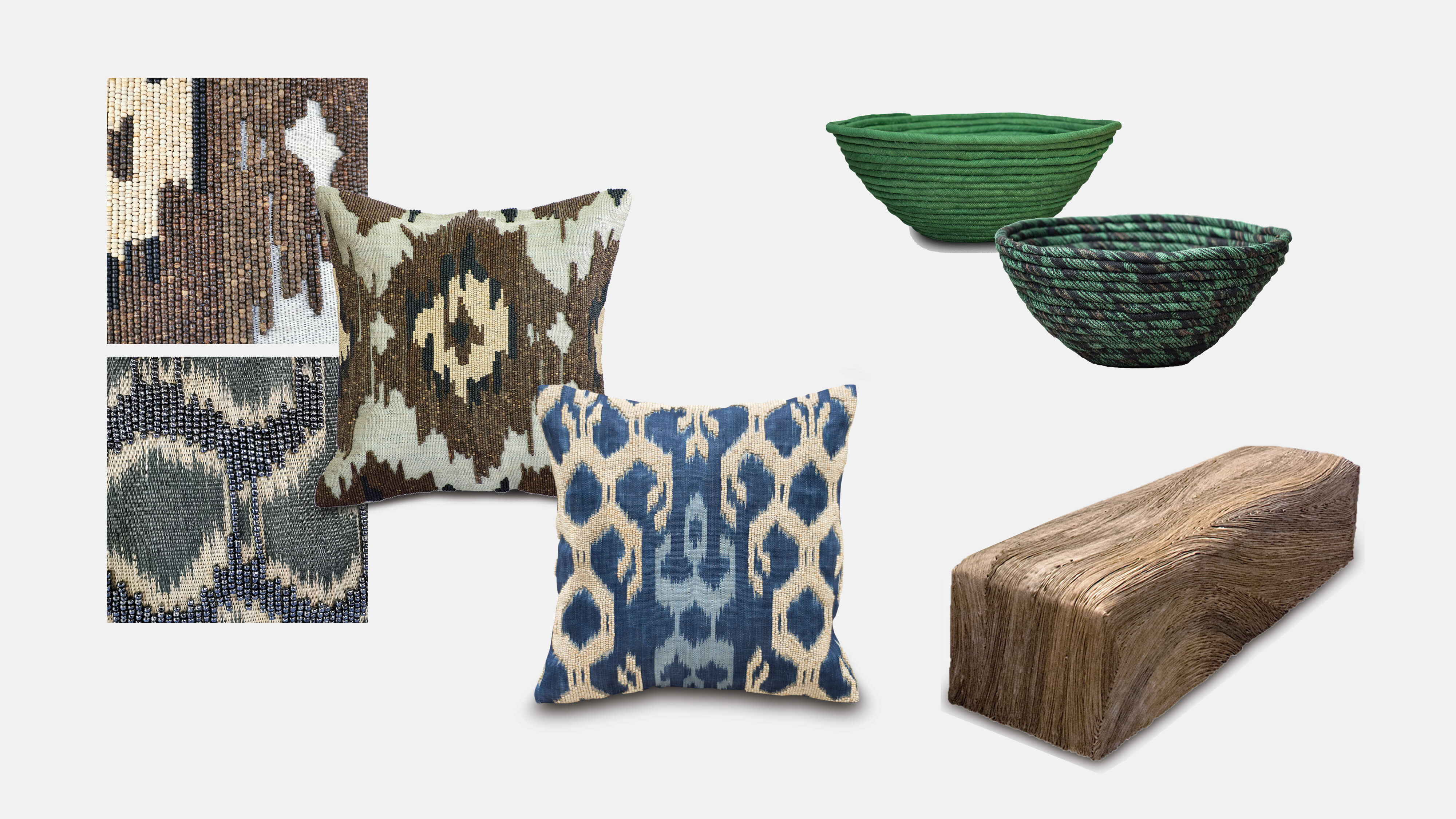
TADECO HOME creates home accessories, lighting, and soft furnishings made from fabrics intricately handwoven by skilled artisans using traditional techniques—among them, t’nalak. (clockwise from top right) Udon Bowl, T’nalak Bench Bark Design, and T'nalak Cushion Cover Ikat Designs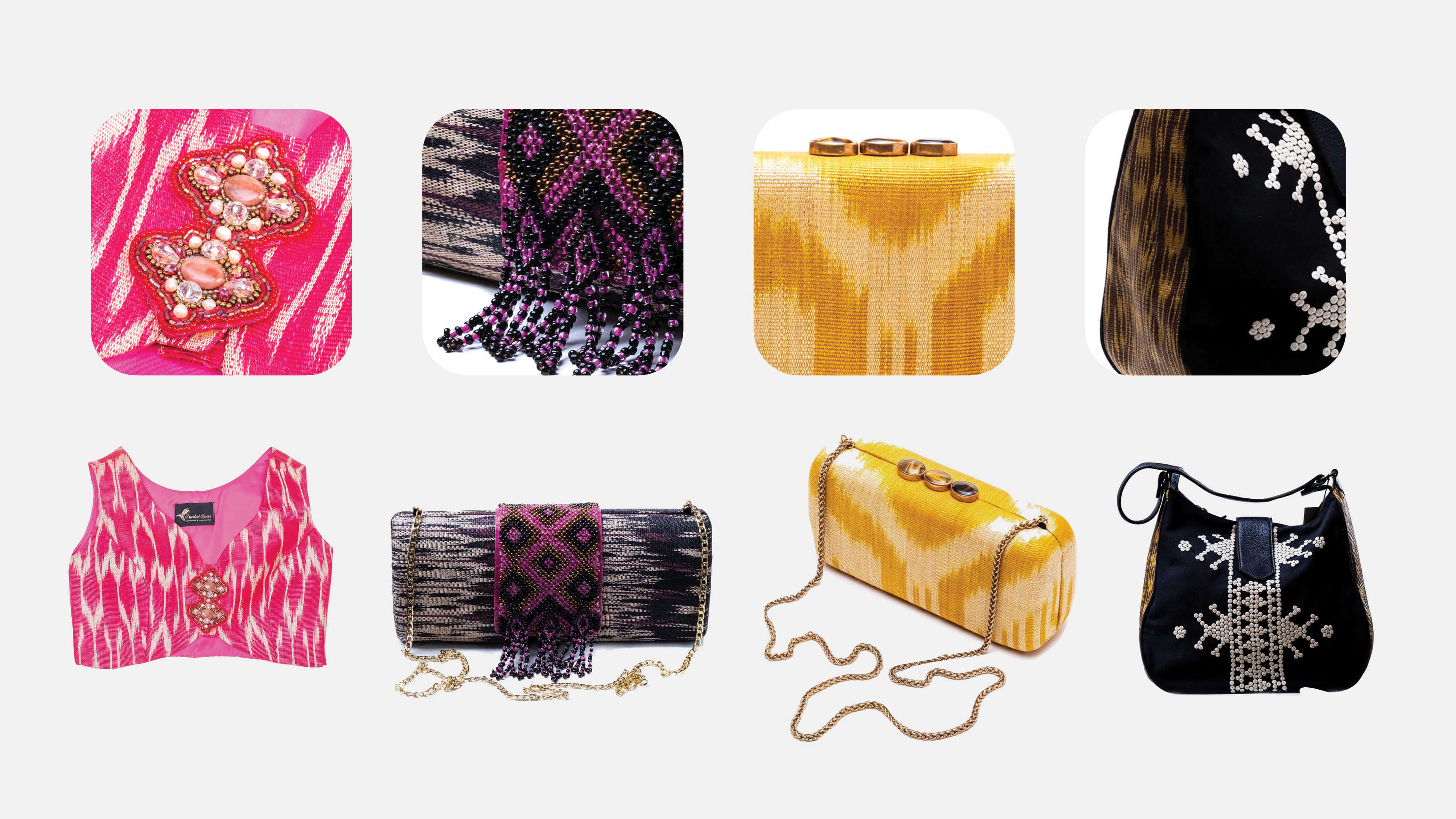
Modern interpretations of the t’nalak as seen in these fashion pieces by CRYSTAL SEAS, whose goal is to showcase Mindanao’s artistry to the global market: (from left) Kat T'nalak Bolero, Raissa Tassel Clutch, Rita T'nalak Clutch, and T’boli Hobo
While keeping a balance between tradition and modernization, it seems as though the T’bolis have embraced their artisanship as well as entrepreneurship when it comes to creating products for the modern consumer. Among the groups that promote fair trade of their craft are the Lang Dulay Weaving Center and the School of Living Tradition, where proceeds go directly back to the weavers and the group's projects for the community. T’boli artisans also receive support from COWHEAD, the Cooperative of Women for Health and Development.
Owing to their high standards of traditional craftsmanship that have been upheld through the years, as well as the romantic and mysterious notions evoked by dreamweaving, it is no wonder that the t'nalak and other T'boli crafts have captured the imagination and fancy of local fashionistas.
Though the T'bolis are now modern in many ways, and despite the increase in demand for t'nalak, the process of making the fabric has remained the same. The T'bolis have stayed true to the techniques passed down from generation to generation.
From dreaming to dyeing, weaving and shining, the t'nalak fabric is truly made of the artistry of the whole Tboli community. Having a souvenir made of t'nalak means you are bringing home a piece made by a whole indigenous community. Wearing a piece made of t'nalak means you are wearing the dreams of the ancestors of the Filipino people.
Video and Photos: Eli Garcia
Producer: Ida del Mundo
Editor: Cielo Bagabaldo
Voice-Over: Diana Go
Special thanks to Argie Ryan Asaria and the Arts, Culture, Tourism, and Museum Unit of South Cotabato


